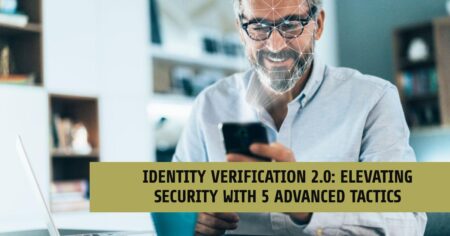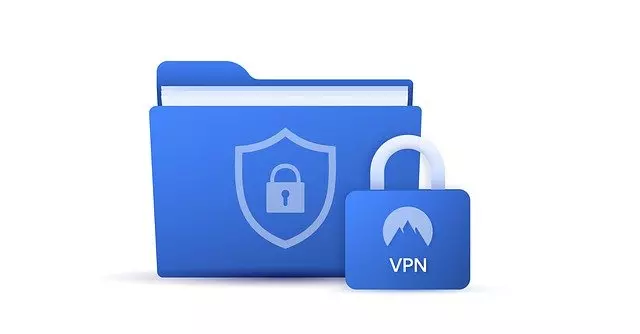A digital signature is a mathematical scheme to verify the authenticity of digital documents or an electronic document (e-mail, spreadsheet, text file, etc.) and uses encryption techniques to provide proof of original and unmodified documentation.
A digital signature serves the purpose of ensuring data authenticity and integrity. Digital signatures technology based on applied cryptography using specific hardware and software tools.
The digital signature creates a unique electronic record in the document, which can be later re-verified to ensure no changes were made to the document over time. Digital signatures are used in e-commerce, software distribution, financial transactions and other situations that rely on forgery or tampering detection techniques.
Digital Signature makes use of the public key encryptions to create the signatures. Digital signatures can provide the added assurances of evidence of origin, identity, and status of an electronic document, transaction or message and can acknowledge informed consent by the signer.
The digital signature is simply a small block of data that is attached to documents you sign. It is generated from your digital ID, which includes both a private and public key. The private key is used to apply the signature to the document, while the public key is sent with the file. The public key contains encrypted code, also called a “hash,” that verifies your identity.
Digital signature certificates contain the person’s name, their pin-code, their country name, the email address, the date when the certificate was issued, and the certifying authority’s name. This certificate gives further validation of the digital signatures. Different countries have different provisions for digital signatures.
Also Read:
- What is biometrics: Are biometrics safe to Use
- What is Cloud Security and Why It is Important
- What is Biometric authentication and its Types
- What is Cyberforensics and its Role in Cybercrime
What are the different types of digital signatures
- Electronic signature – This digital signature is usually defined as “data in electronic form which are attached to or logically associated with other electronic data and which serve as a method of authentication”.
- Advanced electronic signature – means an electronic signature that satisfies a number of additional requirements, including a unique link that is capable of identifying the signatory. An advanced electronic signature guarantees the integrity and authentication of the text.
- Qualified digital signature – means an advanced electronic signature based on a qualified certificate and is created by a secure-signature-creation device. All technical elements used to apply such a digital signature must be of the latest technology.
Classes of Digital signatures
- Class 1 – Cannot be used for legal business documents as they are validated based only on an email ID and username. Class 1 digital signature provides a basic level of security and is used in environments with a low risk of data compromise.
- Class 2 – Often used for e-filing of tax documents, including income tax returns and Goods and Services Tax (GST) returns. Class 2 digital signatures authenticate a signee’s identity against a pre-verified database. Class 2 digital signatures are used in environments where the risks and consequences of data compromise are moderate.
- Class 3 – The highest level of the digital signature. Class 3 digital signatures require a person or organization to present in front of a certifying authority to prove their identity before signing. Class 3 digital signatures are used for e-auctions, e-tendering, e-ticketing, court filings and in other environments where threats to data or the consequences of a security failure are high.
How does Digital Signature Works
Digital signatures, like handwritten signatures, are unique to each signer. Digital signature solution providers, such as DocuSign, follow a specific protocol, called PKI. PKI requires the provider to use a mathematical algorithm to generate two long numbers, called keys. One key is public, and one key is private.
When a signer electronically signs a document, the digital signature is created using the signer’s private key, which is always securely kept by the signer. The mathematical algorithm acts as a cipher, creating data matching the signed document, called a hash, and encrypting that data.
The resulting encrypted data is the digital signature. The signature is also marked with the time that the document was signed. If the document changes after signing, the digital signature is invalidated.
To protect the integrity of the digital signature, PKI requires that the keys be created, conducted, and saved in a secure manner, and often requires the services of a reliable Certificate Authority (CA).
Advantages of digital signatures
- Saves Time – Digital signatures ensure that businesses save on cost and time with documents and contracts signed off with a click of a button. There are huge savings in cost and time especially when the person required to sign is in a geographically different area.
- Cost Savings – Many companies also see significant cost savings, with little or no expense in ink, paper, printing, scanning, shipping/delivery or travel expenses. There are also savings in other indirect costs such as filing, rekeying data, archiving, or tracking.
- Workflow Efficiency – Digital signatures ensure better efficiency in workflow. Managing and tracking documents are made easier, with lesser effort and time involved. Many features of the digital signatures help speed up the work process.
- Better Customer Experience – Digital signatures provide the convenience of signing important documents where ever a customer or the person to sign is located.
- Security – Digital signatures reduce the risk of duplication or alteration of the document itself. Digital signatures ensure that signatures are verified, authentic and legitimate.
- Legal Validity – Digital signatures provide authenticity and ensure that the signature is verified. This can stand in any court of law like any other signed paper document.
- Future Validity – Digital signatures also hold validity in the future. ETSI PDF Advanced Signatures (PAdES) with its eIDAS requirements have validity well into the future with its long term signature formats.
Importance of Digital Signatures
Out of all cryptographic primitives, the digital signature using public-key cryptography is considered as a very important and useful tool to achieve information security.
Apart from the ability to provide non-repudiation of the message, the digital signature also provides message authentication and data integrity.
- Message authentication − When the verifier validates the digital signatures are using the public key of a sender, he is assured that signature has been created only by the sender who possesses the corresponding secret private key and no one else.
- Data Integrity − In case an attacker has access to the data and modifies it, the digital signature verification at the receiver end fails. The hash of modified data and the output provided by the verification algorithm will not match. Hence, the receiver can safely deny the message assuming that data integrity has been breached.
- Non-repudiation − Since it is assumed that only the signer has the knowledge of the signature key, he can only create a unique signature on a given data. Thus the receiver can present data and the digital signature to a third party as evidence if any dispute arises in the future.
How do I create a Digital Signature
You can obtain a digital signature from a reputable certificate authority such as Sectigo, or you can create it yourself. You need a digital certificate to digitally sign a document. However, if you create and use a self-signed certificate the recipients of your documents will not be able to verify the authenticity of your digital signature. They will have to manually trust your self-signed certificate.
If you want the recipients of your documents to be able to verify the authenticity of your digital signature then you must obtain a digital certificate from a reputable CA.
After downloading and installing the certificate – you will be able to use the ‘Sign’ and ‘Encrypt’ buttons on your mail client to encrypt and digitally sign your emails. This makes more sense in a business scenario, as it assures the recipient that it was genuinely sent by you and not by some impersonator.
What is a digital certificate
A digital certificate is an electronic document issued by a Certificate Authority (CA). It contains the public key for a digital signature and specifies the identity associated with the key, such as the name of an organization.
The certificate is used to confirm that the public key belongs to the specific organization. The CA acts as the guarantor. Digital certificates must be issued by a trusted authority and are only valid for a specified time. They are required in order to create a digital signature.
Digital certificate vs digital signature
The digital signature is used to verify authenticity, integrity, non-repudiation, i.e. it is assuring that the message is sent by the known user and not modified.
while the digital certificate is used to verify the identity of the user, maybe sender or receiver. Thus, digital signature and certificate are different kinds of things but both are used for security. Most websites use digital certificates to enhance the trust of their users.








